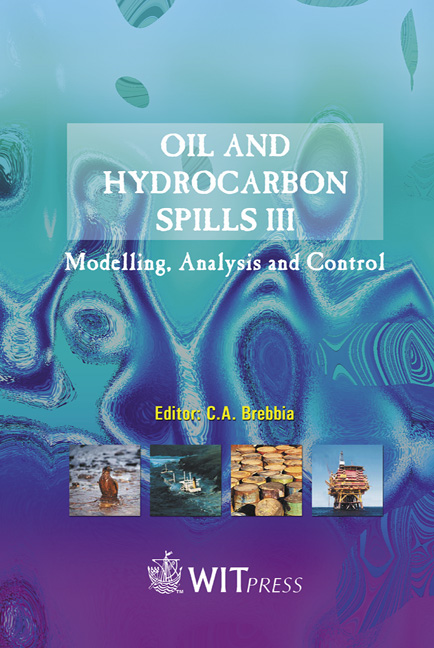Biological Response Neural Network Prediction In Coastal Upwelling Field
Price
Free (open access)
Transaction
Volume
59
Pages
Published
2002
Size
524 kb
Paper DOI
10.2495/OIL020291
Copyright
WIT Press
Author(s)
G. C. Pereira, R. Coutinho & N. F. F. Ebecken
Abstract
Modeling water quality, forecasting population dynamics to define the ecosystem health is a function of some indices (resilience, diversity, production etc.) and yield of many environmental variables interactions. The assessment of properties and processes of costal zone is a major issue in aquatic system management. The aim of this paper is to test and analyse neural network capability in predicting changes of clorophyl-a as a phytoplankton biomass. Available data concern to a weekly medium-term time-series ranging from the end of 1994 to 2001, and it was collected at the Arraial do Cab0 near shore upwelling, southeast of Rio de Janeiro state (Brazil). Dealing in particular with high non-linearity among variables, a genetic algorithm package was used to settle the best neural architecture and the specific pre-processing method presented. The results show the spread of predictions given by the models in short, medium and long-term periods. Thus, the conclusions allow us to say that neural networks can successfully be used to improve forecasting of complex impact factors and ecological system behavior. 1 Introduction The main subject of this paper is to understand and model how marine phytoplankton community varies at a natural eutrophycation process, An important problem in aquatic ecosystem is to recognize what is natural and anthropic variability. The knowledge of biogenic elements dynamic, the biological response and the election of indicators connecting low and higher trophic levels have became a real need for a sustainable management of the marine resource in coastal zone. The Arraial do Cabo upwelling system (23oS, 42oW) is an anomaly in that it is on the west side of the Atlantic Ocean on the coast of Rio de Janeiro state, southeastern of Brazil (Fig. 1).
Keywords





